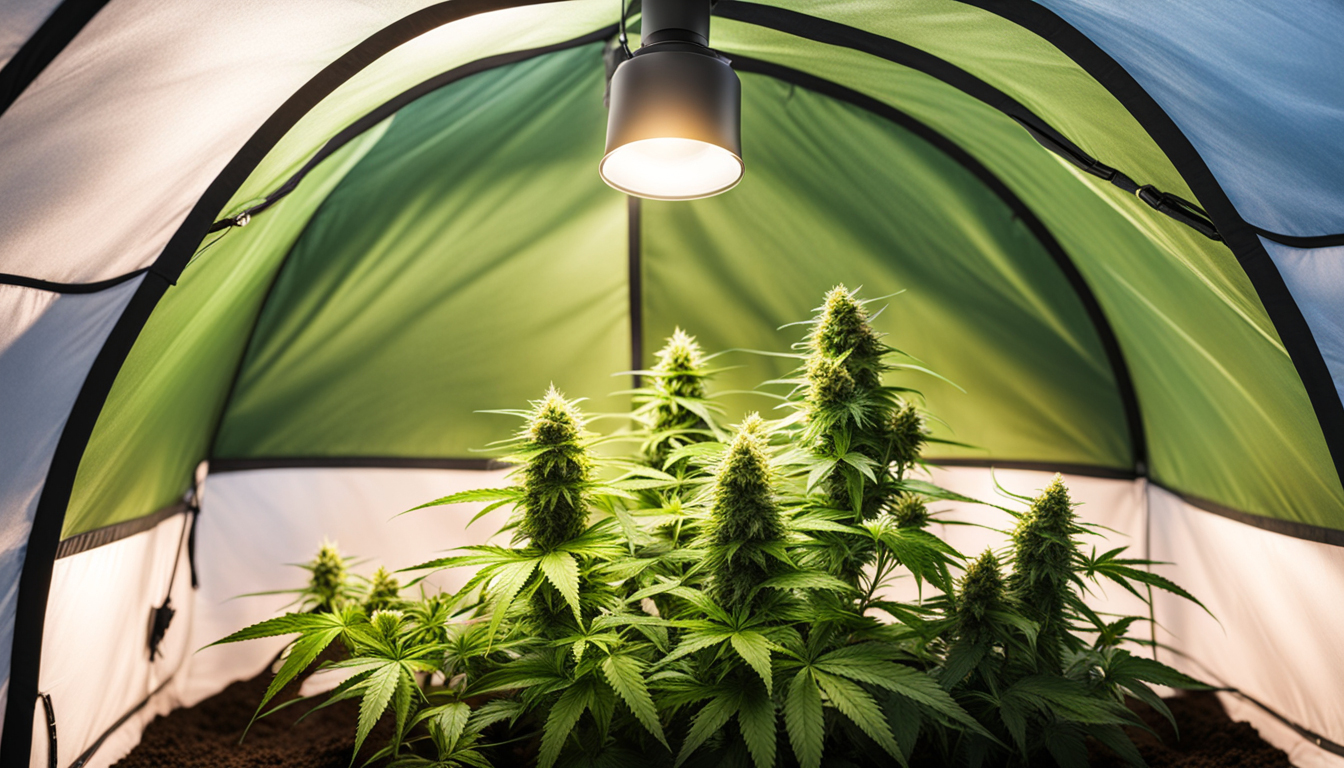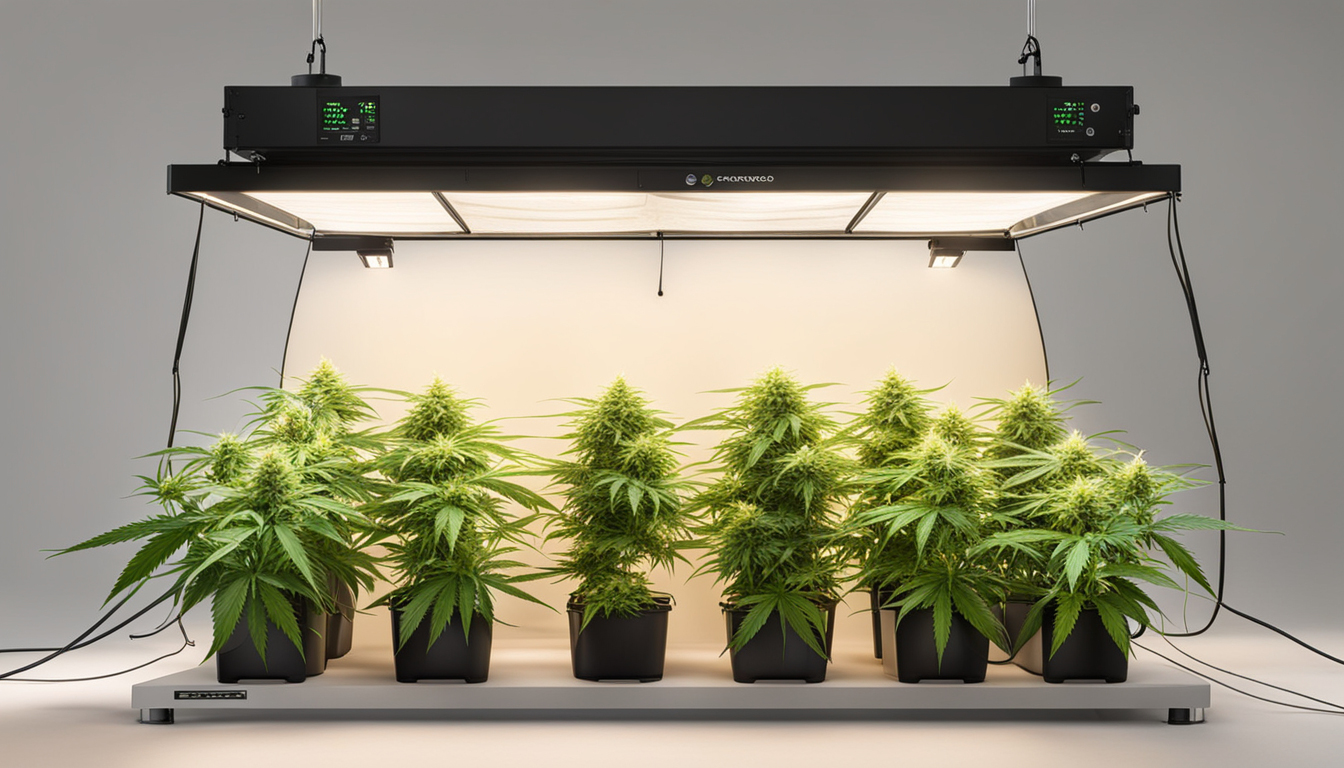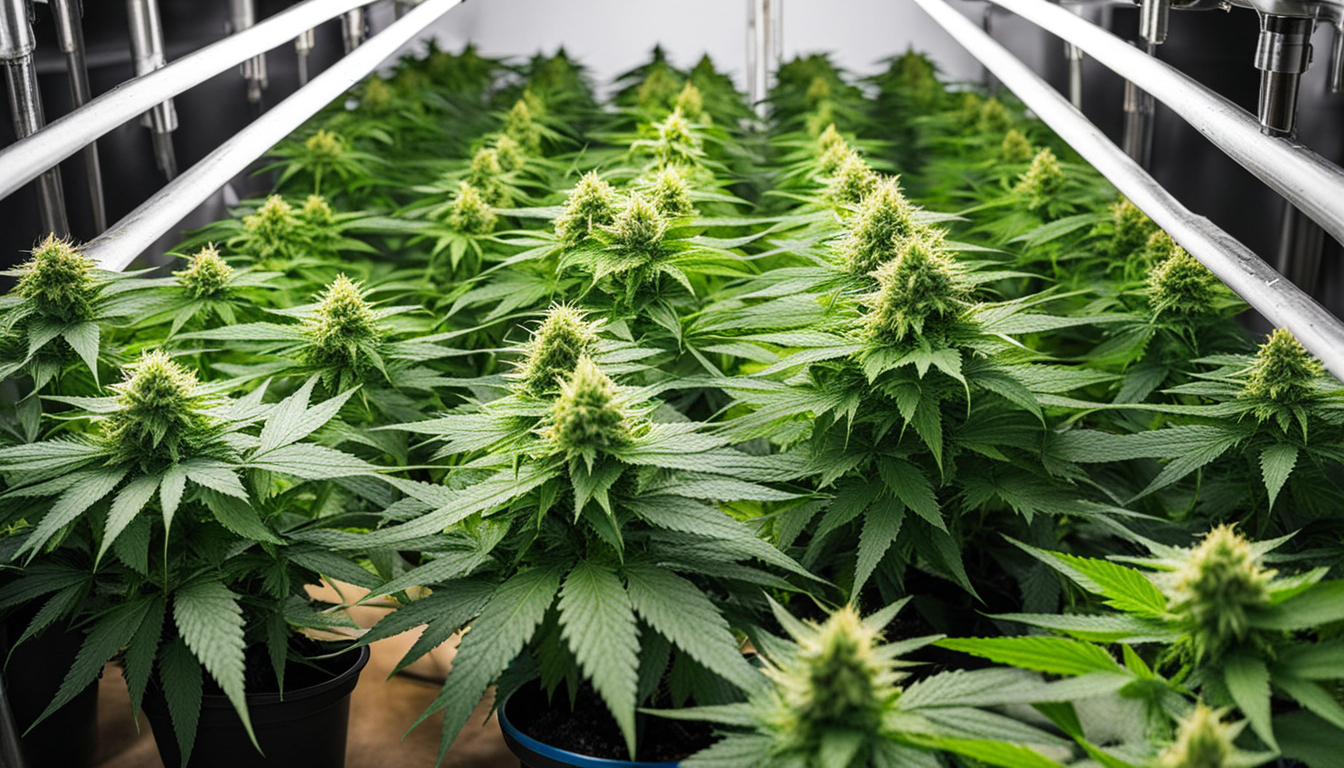
Whether you're just starting out with pot cultivation or looking to improve your existing crop, following this complete guide will help you produce bountiful, high-quality yields right at home. With the right equipment, methods, and attention, cultivating cannabis indoors can be an extremely satisfying and cost-effective endeavor.
Choosing Marijuana Varieties
The first step in planning your indoor grow is selecting the right pot strains to cultivate. The three main types of weed plants each have their own traits.
Sativas
Known for their invigorating mental effects, these strains spread tall and slender with narrow leaves. They thrive in tropical tropical climates and have a longer blooming time between 2.5-3 months indoors. Top sativa strains include Jack Herer, Durban Poison, Super Lemon Haze, and Jack Herer.
Relaxing strains
These strains provide relaxing full-body effects and grow short and bushy with broad leaves. Adapted to colder mountain climates, they bloom faster within 2-2.25 months. Popular relaxing strains include Granddaddy Purple, Northern Lights, and Bubba Kush.
Hybrids
Hybrid strains blend traits from both energizing strains and relaxing strains. They offer combined effects and have moderate flowering periods around 9-10 weeks. Well-known mixes are Blue Dream, OG Kush, and Blue Dream.

Setting Up Your Cultivation Space
Pot plants need the right controlled environment to succeed. Key factors for indoor cultivations are lights, airflow, layout, and finding the ideal discreet spot.
Location
Choose an empty space with easy access to water and power outlets. An empty extra bedroom, unused closet, corner of the basement, or cultivation tent securely placed in a garage all make great discreet cultivation room spots.
Lighting
Weed requires powerful light for all vegetative stages. LED grow lights are energy-efficient and come in broad spectrum options replicating natural sunlight. Provide 250-400 watts per sq. ft for the vegetative stage and 20-40 watts per sq. ft. for bloom.
Airflow
Proper ventilation and exhaust systems maintain ideal temperature, humidity, and pure CO2 levels. Install silent 10-15 cm blowers or scrubbers to circulate old air and reduce smells.
Layout
Optimize your space by positioning plants carefully under the lamps and allowing room to reach and work around them. Set up distinct zones for growth, bloom, curing, and cloning.

Growing Mediums
Marijuana can be grown in various mediums, each with pros and cons. Pick a appropriate option for your particular setup and cultivation style.
Soil
The classic substrate, soil is cheap and easy for beginners. It provides excellent flavor but requires more irrigation and nutrients to nourish plants. Enrich soil with perlite or coir to improve aeration.
Coconut coir
Made from coconut husks, renewable coconut fiber retains water but still lets in air to the roots. It's more sterile and more predictable than soil. Use coir-specific nutrients to prevent accumulation.
Hydroponics
In hydro systems, plant roots grow Send a Message right in nutrient irrigation solution. This allows quick growth but needs careful observation of solution chemistry. DWC and irrigation systems are popular methods.
Germinating Seeds
Sprouting activates your pot seeds to begin growing taproots. This readies them for planting into their cultivation medium.
Paper Towel Method
Put seeds between wet paper towel and keep them damp. Check after a week for growing taproots showing germination is complete.
Planting directly
Plant seeds right into wetted cultivation medium 1⁄4 inch deep. Gently water and wait 7-14 days until sprouts break through the surface.
Cubic rockwool
Presoak cubic rockwool starters in balanced water. Insert seeds 6mm deep into the cubes. Keep cubes moist until sprouts appear within 1-14 days.
Repotting Seedlings
Once sprouted, pot seedlings need to be repotted to avoid crowding. Move Find Out More them into proper sized containers.
Ready Containers
Fill large containers with growing medium enriched with time-released nutrients. Allow pots to soak up water overnight before transplanting.
Gently repotting
Carefully separate young roots from sprouting medium using a spade. Place into prepared container at equal depth as before and gently water in.
Vegetative Stage
The vegetative stage promotes foliage and plant form through 3/4 to full day of daily light intensity. This stage usually lasts 1-2 months.
Providing 18-24 Hours of Light
Use grow lights on a 24 daily schedule or outdoor light to initiate nonstop photosynthesis. Light intensity influences height and node distance.
Nutrients
Use vegetative stage nutrients richer in nitrogen. Make sure pH stays around 6.5 for full fertilizer absorption. Fertilize 25-50% strength after 2 weeks and increase gradually.
LST and topping
Fimming, LST, and trellising direct shoot shapes for flat canopies. This increases yields.

Bloom Stage
The blooming stage grows buds as plants reveal their sex under a 12/12 light timing. It lasts 2-3 months based on strain.
Switching to 12/12
Change lamps to 12/12 or place outdoors for natural 12/12 timing. This signals plants to begin blooming.
Flushing
Flushing flushes out nutrient salts to improve taste. Fertilize lightly the first period then just use pH'd water the final 2 weeks.
Flushing
Continue 12/12 light timing but leach using neutral pH water only. Return to plain watering if buds aren't yet ripe after two weeks.
Harvesting
Knowing when cannabis is completely mature delivers peak cannabinoid content and aroma. Harvest plants at optimal ripeness.
Identifying Ripeness
Look for fading pistils, swelling calyxes, and 5-15% amber trichomes. Inspect buds around the plant as they don't all ripen evenly.
Harvesting plants
Use sterilized, razor-sharp pruning shears to gently slice each plant at the base. Leave 5-10cm of stalk attached.
Drying
Hang whole plants or colas upside down in a dark room with moderate temperature and humidity around 45-65% for 7-14 days.
Curing
Aging continues drying while improving the buds like aged spirits. This process mellows harshness and further develops terpene and terpene profiles.
Jars and Humidity
Manicure dried buds from branches and store into glass jars, packing about 3⁄4 full. Use a hygrometer to monitor container humidity.
Opening jars daily
Open containers for a few hours daily to gradually lower moisture. Rehydrate buds if humidity goes under 55%.
Final Cure
After 14-21 days when humidity levels off around 55-65%, do a final manicure and keep long-term in airtight jars.
Common Problems and Solutions
Even seasoned growers run into different weed plant problems. Detect issues early and fix them properly to keep a healthy garden.
Poor feeding
Yellowing leaves often signify insufficient nitrogen. Anthocyanins and leaves show low phosphorus. Check pH and boost nutrients slowly.
Pests
Thrips, aphids, fungus gnats, thrips, and nematodes are frequent weed pests. Use organic sprays, ladybugs, and yellow traps Subscribe Now for natural control.
Powdery mildew
High moisture promotes powdery mildew and root rot. Improve airflow and circulation while reducing humidity under 50% during bloom.

Summary
With this complete indoor weed growing guide, you now have the info to cultivate plentiful potent buds for private grows. Follow these steps and techniques during the germination, growth, and flowering stages. Invest in good gear and closely monitor your plants. In time, you'll be rewarded with sticky fragrant buds you raised yourself under the patient guidance of your green thumbs. Happy growing